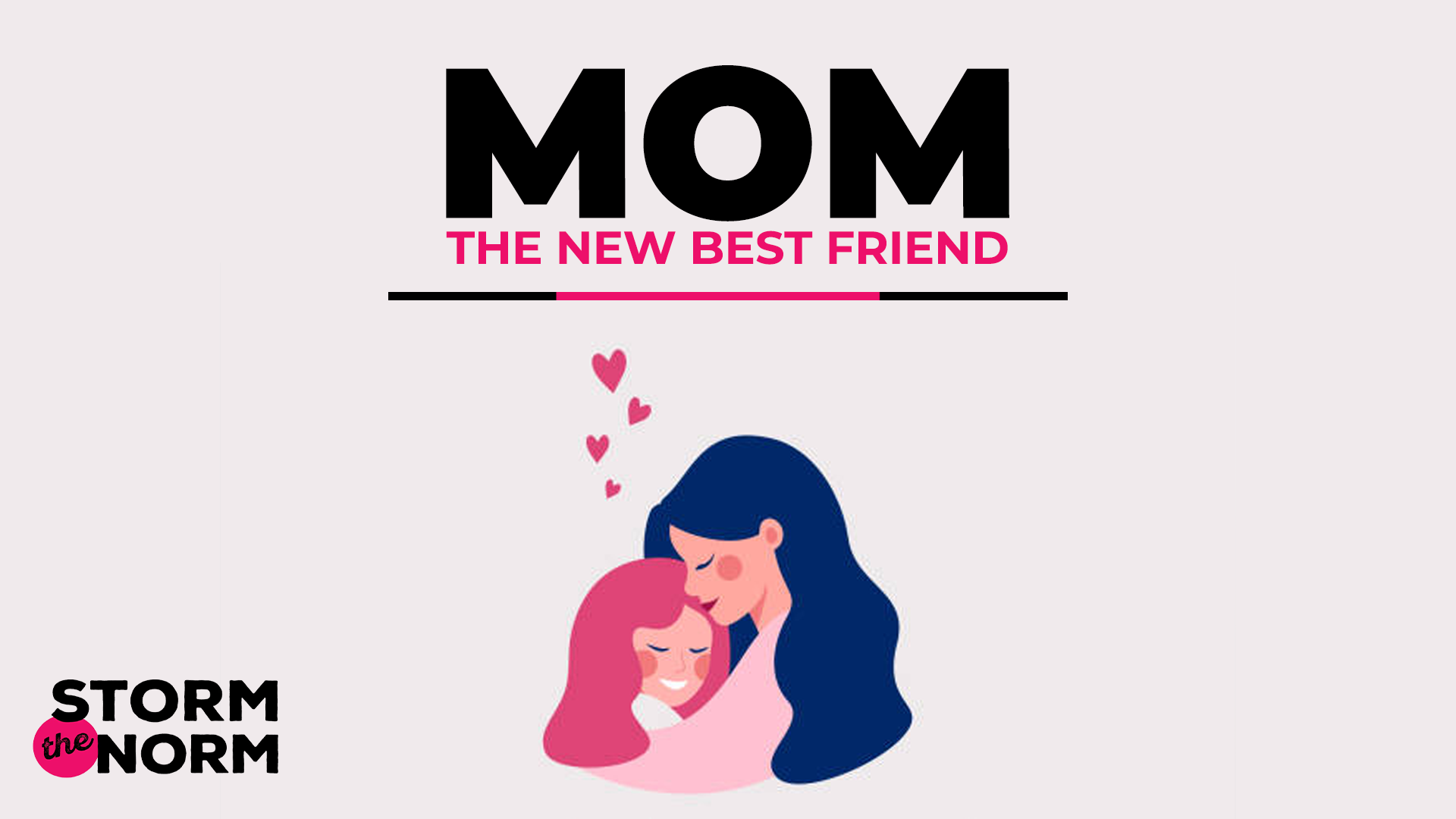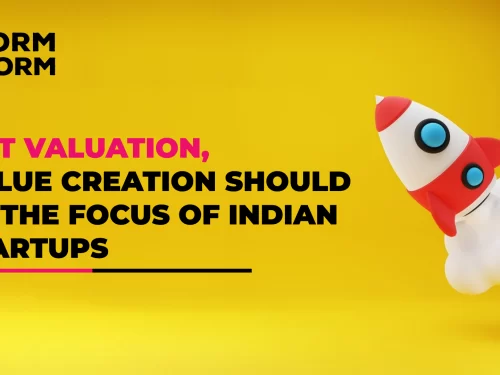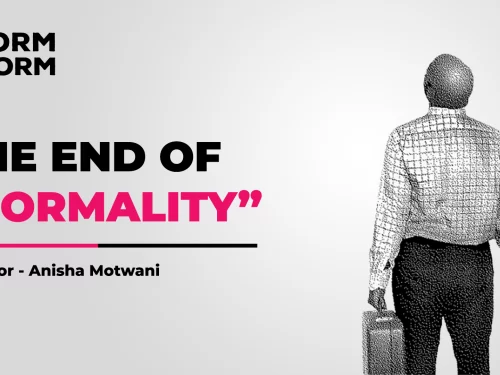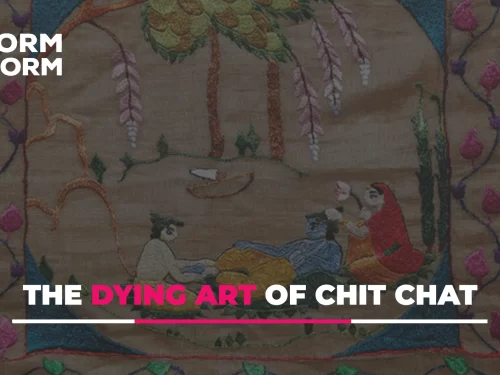
So, have you walked on any tightropes recently? Without any balancing aids? Without a safety net? With the whole world watching your every step, and giving you free and unsolicited advice on that step and the next that you are about to take?
There is one person who goes through this daily: Mom. Especially when she has a pre-teen / teen-aged daughter. And especially of this generation. The meeting of Gen M(om) and Gen Y is filled with situations, surprises and standards that are very different from any previous or (likely) future generations. And this has as much to do with the mindsets of the two parties involved as it does with the times in which they’re both interacting. No other generation has been born and brought up in “fully” liberalized India as has the one born after 1990. Indira Gandhi, Rajiv Gandhi, V.P. Singh (and not just Nehru and Gandhi) are as much a part of the history books to them as ATMs, the internet, mobile phones, IM, FB, Twitter, KFC and pubs are an integral part of their contemporary socio-cultural fabric (and not some futuristic Asimovian scenarios).
Let me tell you a bit about Vijaya (name changed) from Vizag. “When it comes to my 15-year-old daughter, I’m constantly thinking of her, and her future. We talk about it. We discuss what she wants to do in college. And afterwards. I know it’s likely she’ll be married off as per our customs in a few years. But before that, I want her to have the opportunity to study as much as she wants, find a job to her satisfaction, and, dare I say more…?”
Vijaya is your typical SEC B2 mom, whose husband is the sole wage earner, bringing in around INR10K a month, as a mechanic with a sea-faring company. Oh, and incidentally, Vijaya is originally from an even-smaller town two hours away from Madurai, itself not exactly lining up to be the next bustling metropolis.
Vijaya is trying to balance conflict between tradition and modernity, between small-town-mindedness and the globalization of opportunity.
Or take the case of Niharika (name changed again), the daughter-in-law of a substantially wealthy, substantially old business family in South Delhi. Niharika made her fortune all on her own with a unique niche she’s carved for herself in the luxury travel business. Without depending on her husband or his family for her own needs and desires, Niharika holds her own and then some, in her fabulously wealthy sasural. Her more challenging role is that of mother to her daughter Avantika (name changed). At 16, Avantika can say “been there, done that” to pretty much most things that teens in more developed countries would check off in their lives at the same age. Between balancing business, the whims and customs of her in-laws, and raising two daughters, Niharika’s is not an easy or enviable job. “I’ve given her immense freedom (and money),” says Niharika about Avantika. “Some of it because that’s how I wanted to raise my children, and some of it, I will admit, because I didn’t have time for closer attention to my parenting duties.”
Niharika, a little unlike Vijaya, is trying to turn the clock back a bit to try and balance home and office. But both of them are also constantly trying to straddle the roles of best friend and mom, albeit in different ways, in completely different socio-economic strata.
But what they’re doing, in their own ways, is exemplary of today. One might argue that this isn’t new, and moms have always strived to be friends and parent to their children, and this is true to a certain extent, especially in comparison to dads. But the specifics in many ways truly and uniquely reflect only today’s times. So much so that the lines start to blur for those watching about which ones are friends and which ones are mother and daughter.
Those two good-looking women you were checking out at the fitness centre today? They dance to the same tune at home too (sometimes it’s the latest Beyonce hit, other times it’s what Shahid is jiving to). And if you were able to take a peek into their vanity cabinet at home, you wouldn’t be able to tell if it’s one or the other who shops at the Body Shop, drops into the Ayurveda Store for rejuvenating hair massage oil, and shuns the imported creams, preferring instead the Himalaya range of herbals and organics.
You couldn’t tell from their clothes either whether they’re friends or family. Short kurtis from Fab India or t-shirts from Bennetton work just fine for both of them. And in case you’re wondering, they both wear Medium. Sometimes, mom will be the one to tell daughter excitedly about the new Ed Hardy tee she saw in the window. Other times, it’ll be the younger “best friend” helping the older one “rediscover” the amazing chana-kulcha at Khan Chacha’s.
But the place where you’ll probably see both of them let their hair down (apart from the beauty salon) is when they’re on holiday together. Their intense camaraderie means they give themselves the space to do what they want, as well as the leeway to not do something they’d rather skip. So there’s no longer a “check-list” of must-see, must-do items on a holiday. There’s no strict adhering to a schedule. Instead, it’s time for indulgence. To each her own. Without holding each other back. So much so that sometimes it’s the Miss who’s telling the Mrs. all about the magnificence of a heritage temple, its history, and its importance to India and her own identity. While Mrs. is the one helping Miss unearth the fashion find of the year in the by-lanes of Coimbatore.
So what’s the catch? It’s in each of them knowing exactly where to draw the Laxman Rekha. Except in this case there’s no Laxman on the other side. There are plenty of metaphorical Ravans though.
You might see them in the real world sipping cappuccinos together. But in the virtual world, it’s highly unlikely that daughters will “friend” their mom on, say, Facebook or Orkut. That photo of hers with her peers where they’re all sitting in the classroom and using their digits to freely express themselves, it’s highly doubtful she’d want Mom to see it.
In the world of ads, you might see a traditional Tamilian amma (complete with vibhuti and kumkum on forehead, and M.S. Subbalakshmi’s Vishnu Sahasranama playing in the background) being okay with a dragon tattoo on the small of her daughter’s back. Can a real amma in the real world maintain her equanimity as easily in the face of many metaphorical dragon tattoos daily?
How far can Mom go without encroaching on My space? How long can Mom hold onto her (now imaginary) umbilical cord and yet not lose her daughter to the world? How short can a skirt be before it becomes too short? When does a t-shirt caption stop being funny and start being too saucy for public consumption? When does “space” become too small to be private and too large to be public? And how do you tell your daughter to dream but not to dream beyond her place in the world?
These are the questions that today’s Moms are grappling with daily. She’s not going to find any gharelu nuskhe to help her out here. All she can do is roll with the falls, bounce with the good times, and learn from her daughter herself. Sure, she’ll sometimes score high-fives, sometimes draw glares. But history will probably show this Gen M(om) will share a much stronger and healthier (if sometimes, tougher) relationship with their Gen Y daughters than any other future one in India.
More and more Indian women have lately been marrying in their late twenties or even early thirties. They’ve themselves grown up at least partly with a fast-liberalizing economic and cultural world in India. They have seen first-hand the stretched limits of morality and frugality. And given all of this, you might expect them to be more understanding and better able to cope with the expectations of their future adolescent / young adult daughters—in terms of freedom, attitude and behavior. But if history is any indicator, we don’t learn from our own follies. In the West today, the Hippies / Flower Children of the 1960s are today some of the most conservative parents when it comes to their own children’s upbringing, bordering on hypocrisy. Perhaps this next generation of Indian moms would’ve learnt from their predecessors. Perhaps not. One thing is for sure: today’s Indian Mom is a great example of one of the toughest balancing acts. Sure, it’s not perfect. She’s swaying on the rope sometimes. She may appear to wobble occasionally. But she’s willing to tough it out. And whether she knows it now or not, her daughter, her occasional best friend, is waiting at journey’s end with this message: “My mom is my hero.”




